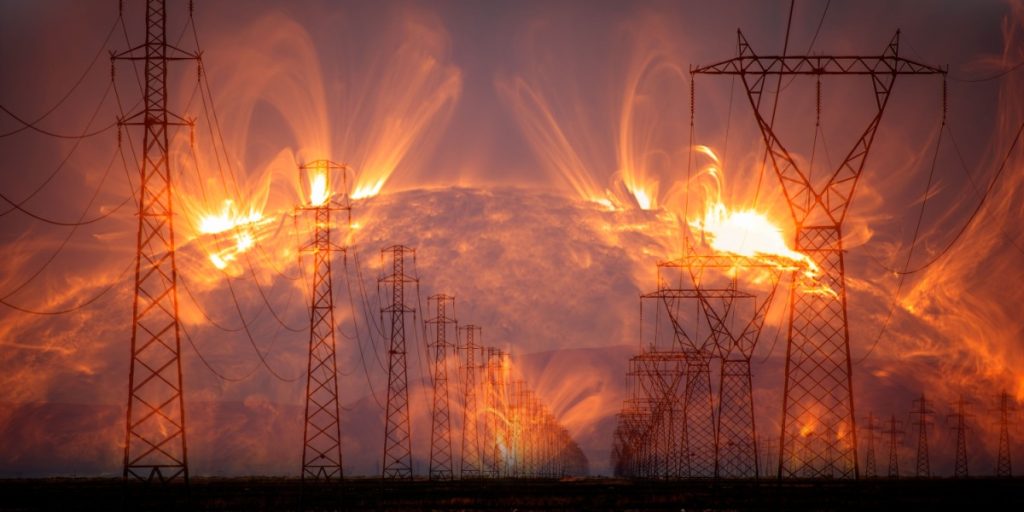New analysis of the 1859 Carrington Event, the most significant solar storm ever recorded, reveals it might have been even more powerful than we thought.
Others are reading now
In September 1859, the Earth was struck by a solar storm of unimaginable intensity, known today as the Carrington Event.
This catastrophic event, named after the amateur astronomer Richard Carrington who witnessed it, brought about widespread chaos, setting telegraph stations ablaze and causing telegraph communications across Europe and the USA to fail. Even more astonishing were the auroras, typically confined to polar regions, that illuminated skies as far south as Cuba and Hawaii.
Digital Reconstructions Shed New Light
For years, the true power of this solar tempest remained a matter of speculation among scientists.
But recent efforts led by the British Geological Survey have brought us closer to understanding its might. By digitizing and reconstructing historical geomagnetic data recorded around the time of the Carrington Event, researchers have now provided evidence suggesting that this solar storm was even more violent than previously believed.
Also read
The initial technology to track such solar phenomena came into existence only two decades before the Carrington Event. In 1838, magnetometers were installed in the Greenwich area, expanding to Kew two years later.
These devices, designed to measure the Earth’s magnetic field fluctuations, registered the disturbances caused by solar activity through an ingenious method: light reflected off mirrors attached to magnetized metal pieces, marking its intensity on photosensitive paper.
A Storm Beyond Limits
Just weeks before the Carrington Event, a lesser solar storm demonstrated the limitations of these early magnetometers, as the intensity of the storm caused the devices to stop recording for 12 hours. The Carrington Event itself overwhelmed these systems to an even greater extent, rendering them incapable of registering the storm’s peak moments.
Through meticulous photography and digital reconstruction of the magnetometer data, the research team has pieced together the sequence of disturbances over a 10-day period surrounding the Carrington Event. This chronological arrangement allowed them to calculate the storm’s intensity based on the known strengths before and after the recording gap.
Implications for Today
The findings reveal fluctuations in the Earth’s magnetic field during the Carrington Event that far exceed previous estimates, highlighting the event’s extraordinary power.
This revelation is not merely of historical interest; it serves as a stark reminder of the vulnerability of our modern, technologically driven world to solar phenomena.
While today’s advancements in satellite and ground-based monitoring systems enable us to detect solar storms hours in advance, the specter of a Carrington-level event looms large. Such a storm could devastate our satellite communications, power grids, and IT infrastructure, pointing to the need for preparedness in the face of cosmic forces that dwarf our earthly technologies.
As we continue to unravel the mysteries of solar storms and their impact on our planet, the digitization and analysis of historical data like that from the Carrington Event not only enrich our understanding of solar physics but also inform our strategies for safeguarding our technological future against the unpredictable fury of our Sun.


